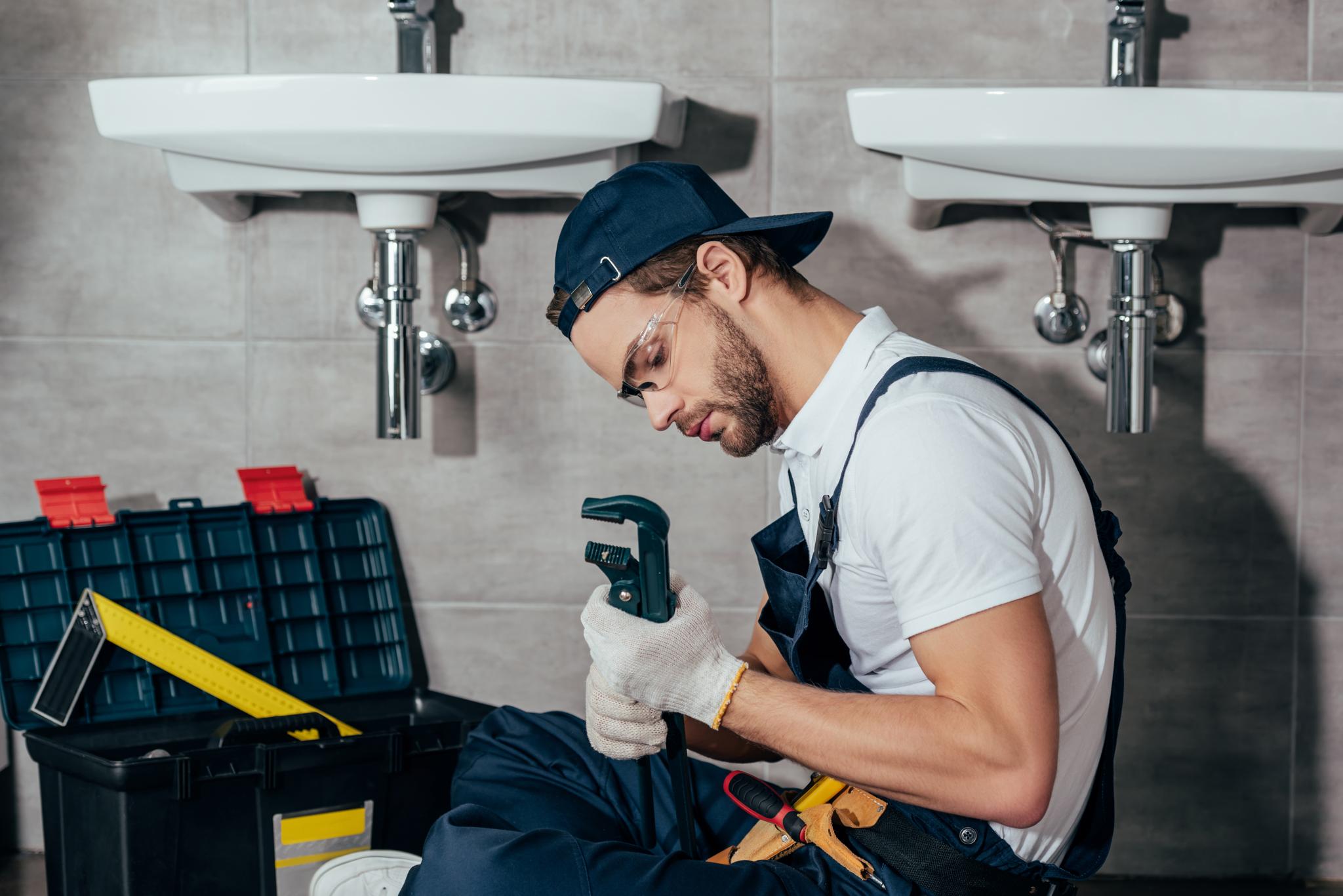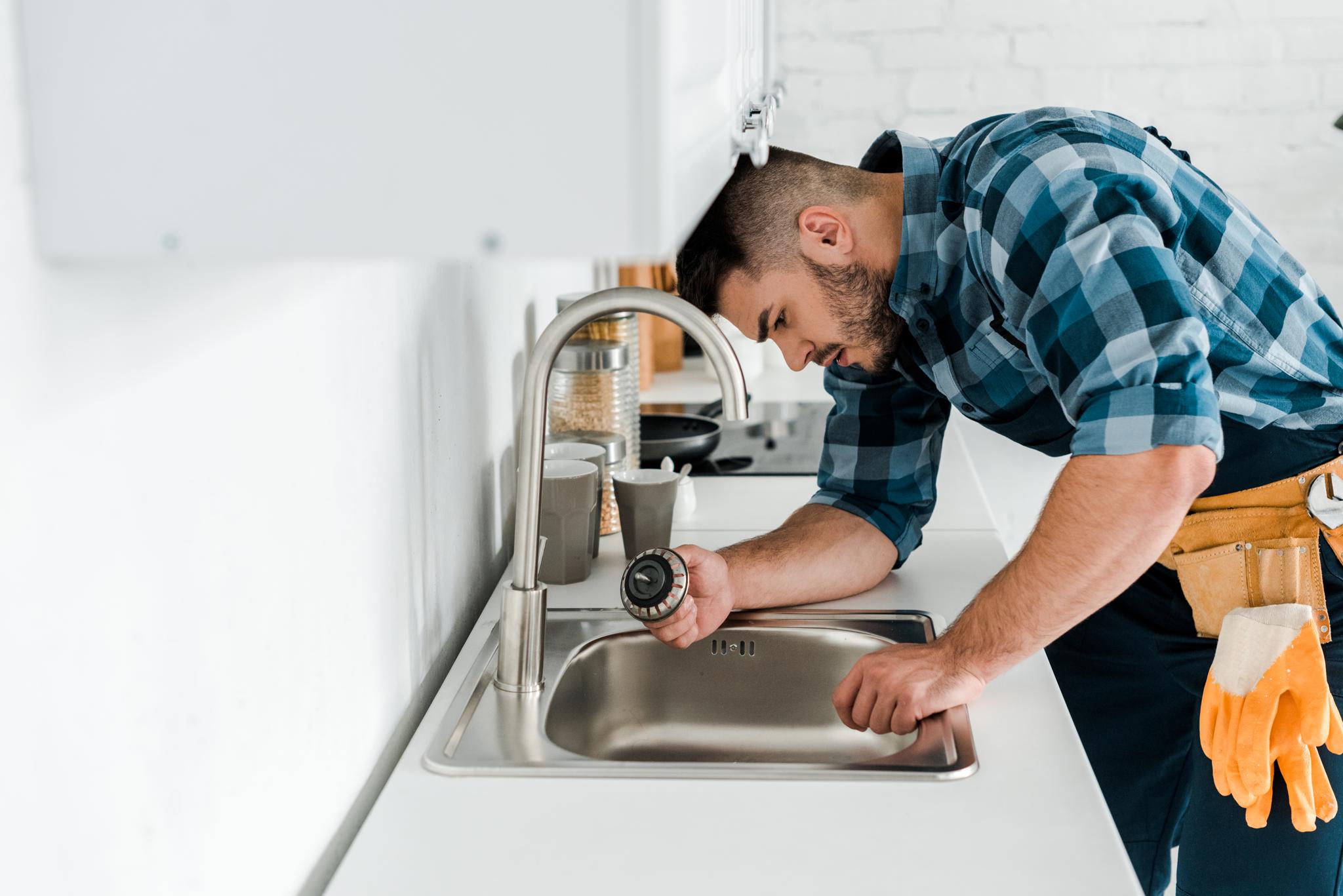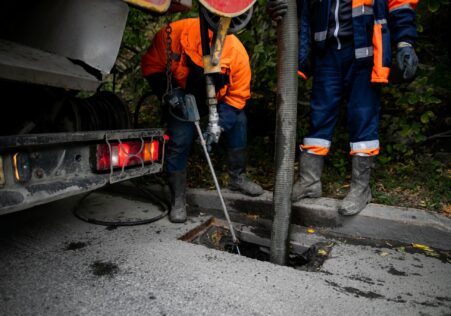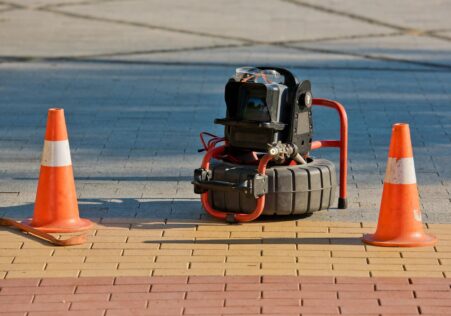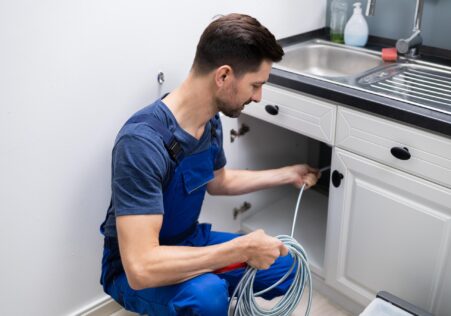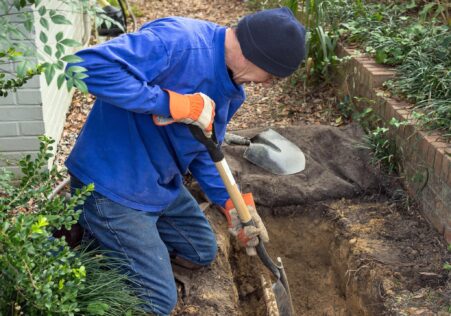Understanding the Differences Between Pipe Relining and Pipe Replacement
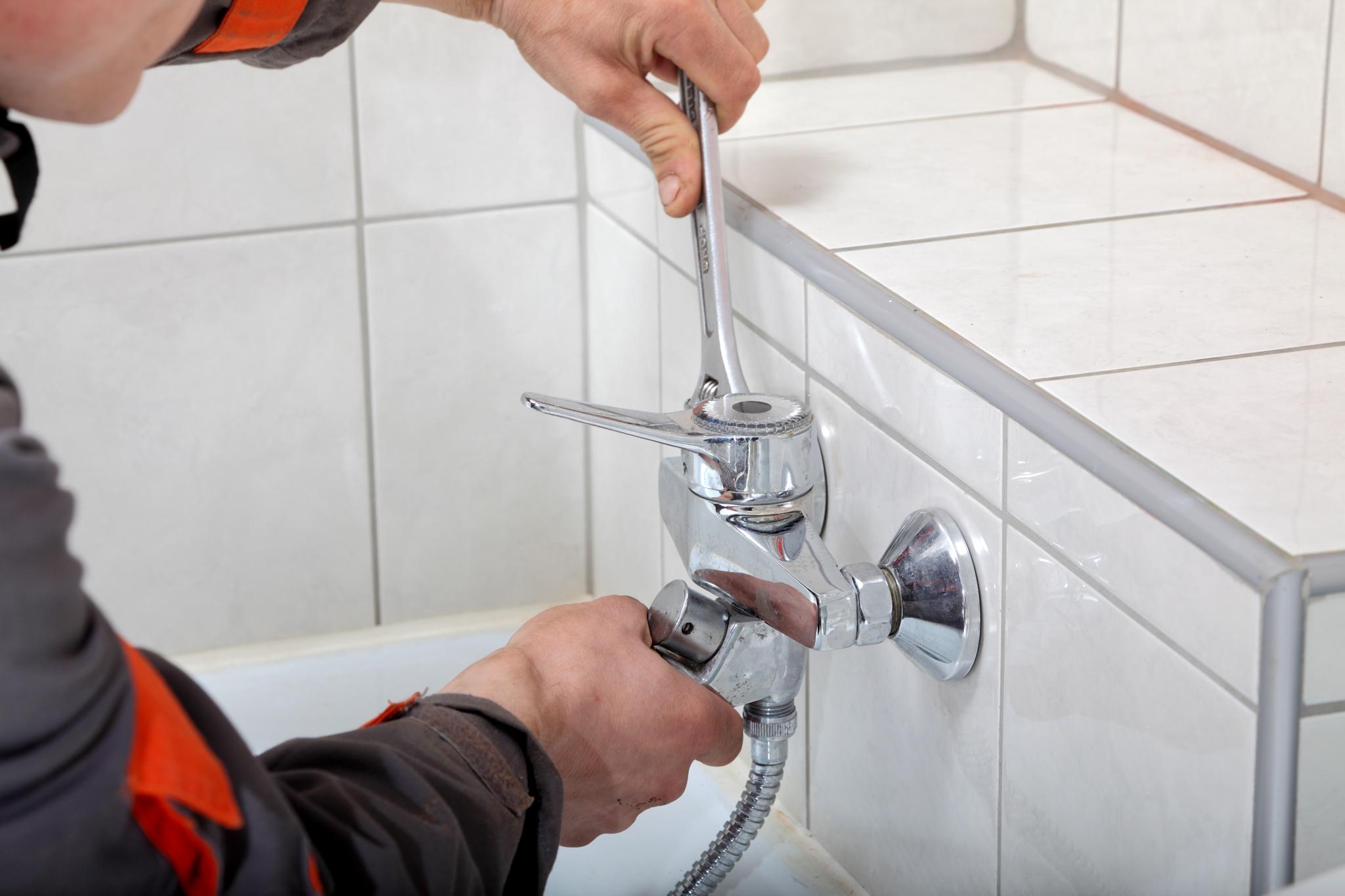
In the case of fixing damaged pipes, the two most common methods are pipe relining and replacement of pipes. Both methods aim to restore the function of your pipelines, but they differ in a way that you should be aware of.
Key Takeaways
- Pipe relining is a cost-effective and speedy method to repair damaged pipelines.
- Linings made of CIPP are used for the relining of pipes.
- Epoxy resin is used to line the internal portions of the pipe. It cures to creates a new inner lining within the pipeline.
- Relining pipes is efficient, cost-effective and lasts for up to 50 years.
- Traditional pipe replacement involves excavation of areas on the property in which pipes are located.
- A replacement pipe may be needed for pipes that are badly damaged.
- A brand new pipeline that is installed by pipeline replacement has a longer time span (75 -100 years).
- Pipe replacement is costly and lengthy.
- The choice between pipe relining versus pipe replacement depends on the degree of damage that has been caused.
In this article, we’ll discuss pipe relining as opposed to. replacing pipes and figure the one that best suits your requirements more.
The term "pipe relining" is used to describe the process of repairing pipes.
Relining pipes or Cured-In Place Pipe (CIPP) lining is a modern repair method which offers a low-cost and swift solution for restoring damaged pipelines.
Here’s how it works:
- Technicians clean the pipeline with high-pressure water jetting or mechanical cleaning.
- They then apply epoxy resin made from fiberglass or polyester liner to the existing pipeline.
- The liner gets dried and forms a new lining in the old pipeline, which is just as strong as a brand new one.
The advantages of Pipe Relining
- Time-efficient – It typically takes just 2 to 3 hours to complete the whole process compared with excavating for many days using traditional methods of replacing pipes.
- Cost-effective since there is no excavation or removal required in pipe relining It can save you nearly half of the amount you be paying for conventional repairs.
- Durability – The new lining made by pipe relining could last for up to 50 years!
Con’s of Pipe Relining
- Not suitable for very damaged pipes - If there are serious damages such as cracks, collapses or joints that are misaligned in your sewer line then pipe relining could not be possible.
What is Pipe Replacement?
Pipe replacement involves digging up portions of the yard/sidewalk/driveway where underground pipes are located. The sections could include collapsed pipes or extremely damaged ones due to lack of maintenance or age.
The steps below are the most traditional replacements for pipes:
- An excavation team digs up access to the degraded underground pipe.
- The old pipeline has been removed and dug out, creating a lot of debris that must be cleared away.
- Then, they put in the new pipeline on top of the one they had previously installed.
Benefits of Pipe Replacement
- Suitable for severely damaged pipes In the event that you need to replace pipes that have significant corrosion or damage, pipe replacement is the best option.
- Long life – The brand new pipeline that is installed by pipe replacement has a long life (75 up to 100 years) which makes it a great solution for homeowners who want a permanent solution.
Pros of Pipe Replacement
- Extraction work that is costly to replace pipes can be long and costly.
- Time-consuming – Traditional pipe replacements could take several weeks, based on the size of the work and the depth of excavations needed.
Which one should you select?
The decision to choose between the option of relining or replacing your pipes mostly is contingent on the degree of damage caused. If your pipes have minor damage, such as cracks or leaks that are minor, it is likely that relining is the better option since it is less costly and is also faster than replacement of pipes using traditional methods.
If there are major injuries, like breaks or collapses it is recommended to consider replacing the pipe with a traditional method, even though it may be more expensive and take longer.
| Pipe Relining | Pipe Replacement | |
|---|---|---|
| Procedure | CIPP lining using epoxy resin | Excavating and replacing the old pipeline |
| Pros | Time-efficient- 2 to 3 hours to complete | Suitable for severely damaged pipes |
| Cost-effective – Almost half of traditional costs. | New pipeline lasts for 75 to 100 years | |
| Durable – Lasts up to 50 years | ||
| Cons | Not suitable for severely damaged pipes | Costly |
| Time-consuming | ||
| When to choose | Minor damages like cracks or minor leaks | Severe damages like collapses or breaks |
Common Questions and Answers
What is the process of relining pipes?
Relining of pipes is a process which involves the creation of a new pipe inside the existing damaged pipe. It is accomplished by inserting a flexible liner in the pipe that was damaged and making it a permanent fixture. Once it is cured, the new pipe has no joints or seams that improve its structural strength.
How does the traditional replacement of pipes differ from relining pipe?
Traditional replacement of pipes involves digging up and physically taking away old pipes, after which they are replaced with new ones. However, pipe relining isn’t a requirement for excavation. Instead, it’s completed using technology that allows for pipeline repair without digging up large portions of land.
Which method is cheaper - pipe relining or traditional pipe replacement?
Pipe relining typically costs less than traditional methods for repair of pipelines because there is no cost related to excavation, or other methods that are required to remove and replace old pipes.
Can all kinds of pipes be reflined?
There are a few types of pipes that are relined effectively. Ultimately, your plumber will have to inspect your situation to determine if it is feasible to line the particular kind of pipes. But, the majority of new pipes may be repaired using this technique.
How long does the pipe relining process take?
The precise time needed for the procedure is contingent upon various variables like location, environment and the kind of damage; however the typical pipe Relining task usually takes between 2 and 3 days, depending on how many meters need to be lined..
In the end, if you wish to avoid digging work and save cash in the process of restoring your damaged pipelines’ full function, consider opting for our Adelaide Blocked Drains Plumber ‘s fast and effective pipe relining solutions. Contact us!
Additional Information
- Demystifying In-Depth Walkthrough to the Plumbing Relining Process: All You Can Expect
- How to Tell You Need Drain Clearing Services for Your Business
- Avoid Common Mistakes: Expert Tips on Choosing the Best Pipe Relining Material
- Why Condo Complexes are Switching to Trenchless Pipe Relining Methods
- When to Prevent Piping Problems: Evaluate Relining
- Preserve the Planet through Pipe Relining
- How CCTV Drain Inspection Saves You Time and Money in the Long Run
- Pipe Relining: The Budget-Friendly Option for Sewer Repairs
- Pipe Relining: A Intelligent Investment for Your Property
- Don't Let These Common Mistakes Clog Your Pipes


